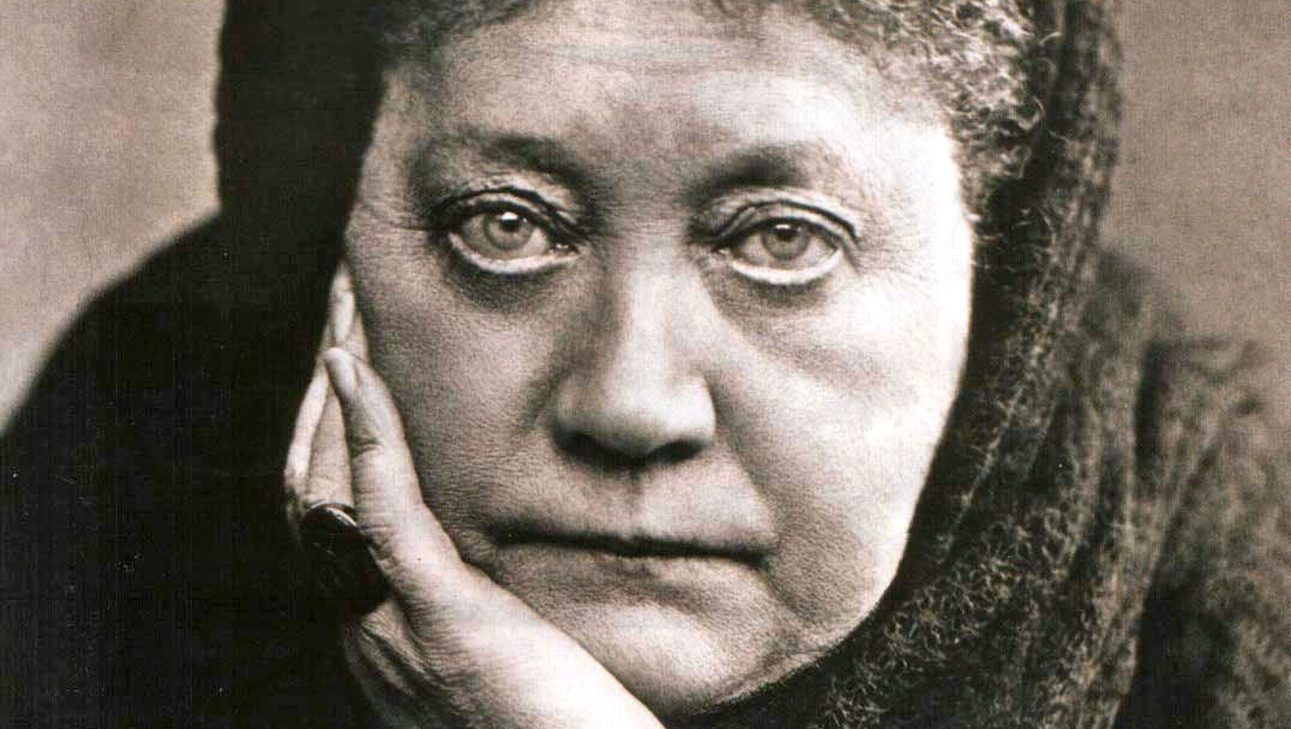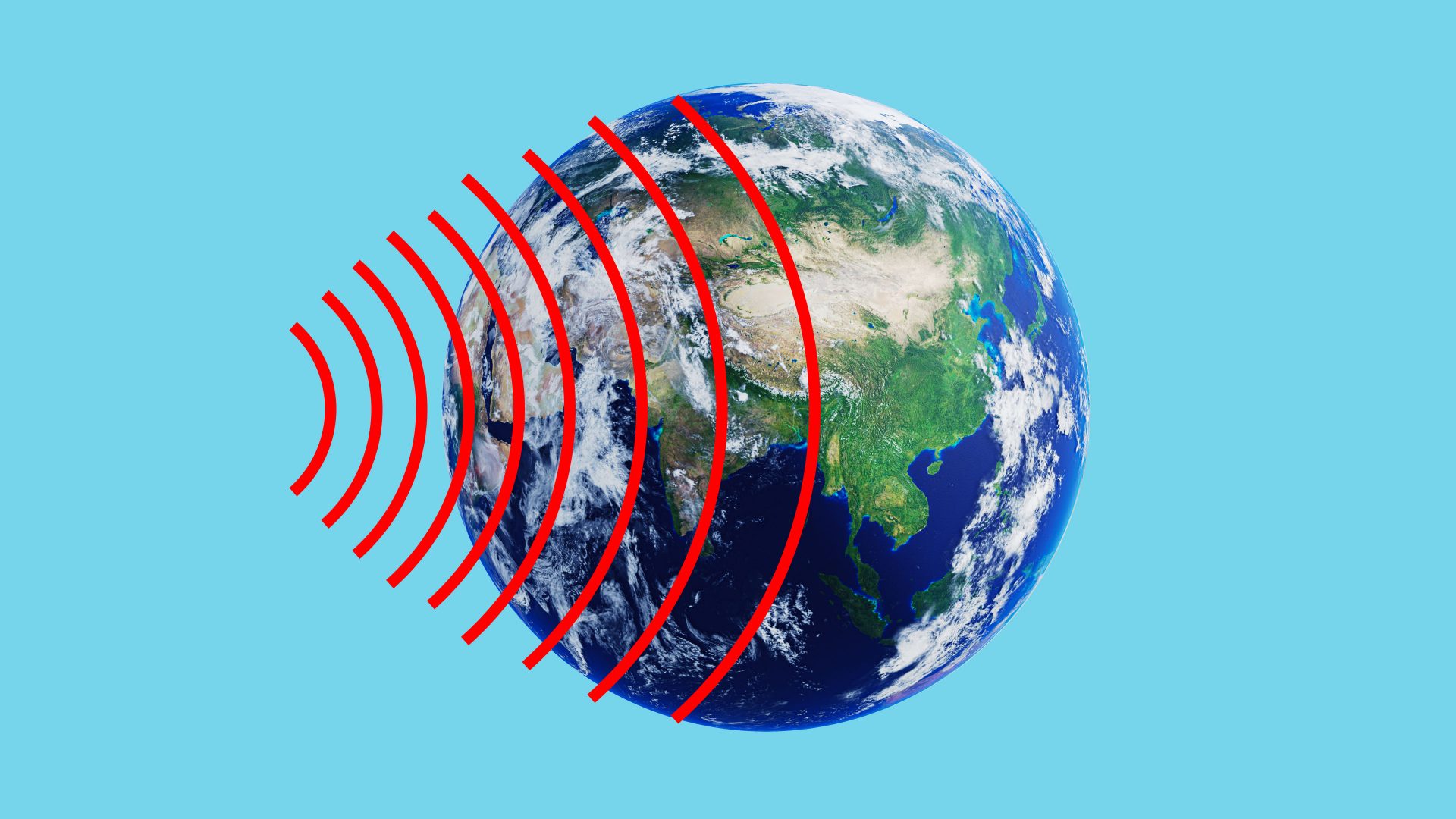If there is one solid, incontrovertible fact about Helena Petrovna Blavatsky – and there aren’t too many of those – it’s that she divided opinion.
The founder of the Theosophical Society, Blavatsky’s idiosyncratic brand of pantheistic occultism emerged at a time in the post-Enlightenment age when the esoteric was in greater demand than ever before, inspiring
fanatical devotion from followers around the world.
Among artists, Wassily Kandinsky and Piet Mondrian were fans. Alexander Scriabin’s fifth symphony was directly inspired by his obsessive reading of
Blavatsky’s book The Secret Doctrine. WB Yeats was briefly a disciple, describing her as “a sort of old Irish peasant woman with an air of humour and audacious power”, while for GK Chesterton she was “a coarse, witty, vigorous, scandalous old scallywag”. Alfred, Lord Tennyson spent his final
days with Blavatsky’s mystical poem The Voice of the Silence by his side.
For non-believers she ranged anywhere between a delusional egomaniac and an out-and-out con artist, a woman attempting, according to one critic, to “steal heaven and make the gods her slaves”. Even 60 years after her death, one writer described how she was “determined to sit with angels and do as she pleased in the world… setting forth whatever popped into her head as
divine proclamation from the holy beings who regulate cosmic law”, while
the British Society for Psychical Research labelled her “one of the most accomplished, ingenious and interesting imposters in history”.
She became known around the world as Madame Blavatsky and to followers as HPB, but when she arrived in New York in 1873 at the age of 42 she was just another anonymous, indigent European immigrant heading down a gangplank to an uncertain future.
What Helena Blavatsky had, however, was a deep well of self-belief and a hell of a story. At least, she was telling a hell of a story.
She was born Helena Hahn in Dnipropetrovsk, then in Russia but now in Ukraine, into a family that combined minor German nobility with Russian
aristocracy. At 17 she married Nikifor Blavatsky, a bureaucrat of near pensionable age, but left him after a few months, made her way to Constantinople and began a quarter-century of remarkable global wandering.
Among the tales she would tell of this period were time spent becoming an
authority on voodoo in New Orleans, surviving two shipwrecks, discovering a long-forgotten ancient language called Senzar, spending months in a coma in a Georgian hospital after falling from a horse from which she woke with a
hitherto untapped range of psychic powers, being wounded fighting alongside Garibaldi in Italy and becoming a student of a mysterious group she termed “masters” in Tibet who were the cornerstone of her later spiritual teachings.
She lived at first in a women’s housing co-operative in Manhattan, working as a seamstress, but her remarkable tales brought her to the attention of the New York press, especially her accounts of the spiritual enlightenment she had attained during her travels in the east.
Spiritualism was at the peak of its popularity, and when self-professed psychic Blavatsky heard in 1874 of some remarkable seances conducted by the Eddy brothers she travelled to their Vermont home to take part in one
herself. Also there that night, covering the event for a magazine, was the
journalist, lawyer and civil war veteran Colonel Henry Steel Olcott, who went on to become a key devotee of Blavatsky and play a vital role in the 1875 formation of the Theosophical Society.
Meetings were held in the well-appointed apartment Blavatsky shared with Olcott, watched over by the incongruous figure of a stuffed baboon wearing morning dress and spectacles with a copy of Darwin’s The Origin of Species in its hand. If the surroundings were eccentric, Blavatsky was a wholly unorthodox spiritual figurehead – she smoked up to 200 cigarettes a day and
swore like a docker. This didn’t prevent branches of the society springing up
across America, a nation where among the spiritually curious a space had
opened up between Christianity and Darwinism that the esoteric was only
too happy to fill. Blavatsky’s timing couldn’t have been better.
In 1877 she published Isis Unveiled, which set out her thesis that all the world’s religions emanated from a single source of ancient wisdom, one
that had been revealed to her during her travels by what she called the Great
White Lodge, a summit of spiritual supremos based in India and Tibet who
communicated with Blavatsky by letters that materialised thanks to a kind of astral postal service. Those deemed worthy of this wisdom could develop a
range of psychic powers including astral projection, telepathy and the ability to conjure objects from thin air.
Described by the publisher as “a master key to the mysteries of ancient and modern science and religion”, the 1,400-page work received mixed reviews – one was titled “Strange Woman, Strange Creed” – and became a huge bestseller despite allegations of plagiarism. Even the best efforts of the sceptics could not sully Blavatsky’s position at the pinnacle of American occultism.
In 1879 Blavatsky and Olcott moved to India, started a monthly magazine – The Theosophist – converted to Buddhism and aroused suspicion in colonial circles that Blavatsky was a Russian spy agitating among the Hindu community against British rule (Gandhi was an enthusiastic admirer and later visited Blavatsky in London). She was also, in their eyes, dangerously progressive: the first principle of theosophy was “to form the nucleus of a universal brotherhood of humanity, without distinction of race, creed, sex, caste, or colour”.
By the mid-1880s however, Blavatsky’s health began to deteriorate as a result of Bright’s disease and the Theosophical Society became riven with internal
schisms. She moved back to Europe, writing her 1888 occultist treatise The
Secret Doctrine in Naples, living for a time in Ostend and settling in London,
where she spent her last months as a houseguest of the social reformer Annie Besant. It was in Besant’s home that she died during an 1891 influenza epidemic.
Besant succeeded Blavatsky as the spearhead of the Theosophical Society, which still exists today. Perhaps Blavatsky’s most tangible legacy is in the
proliferation of new age philosophies and wide dissemination of eastern religion at large in the western world.
Guru or phoney, even in death she continued to attract admirers, some of
them household names. Elvis Presley had a copy of The Secret Doctrine, while
in the 1980s an American journalist reminisced about a 1935 meeting with
Albert Einstein where he couldn’t help but notice that the great theoretical
physicist had a copy of one of Blavatsky’s books on his desk.
“Madame Blavatsky is a bit wild and somewhat irrational and speaks as if she
were the Oracle of Delphi,” Einstein told him, “but I will admit that I find some interesting observations in her book The Secret Doctrine, which was published in 1888, a time when physics and science were in their swaddling clothes.”
Placing a hand on the cover, he added, “I’m astonished how much in keeping it is with modern physics”.




